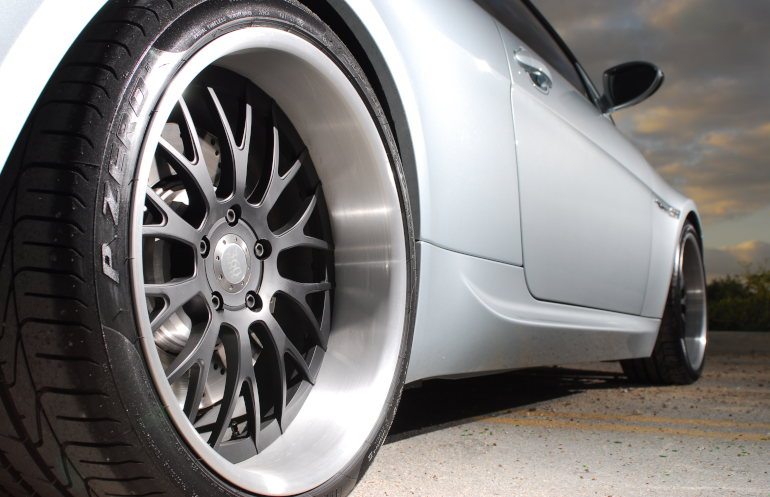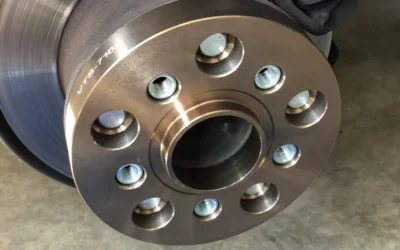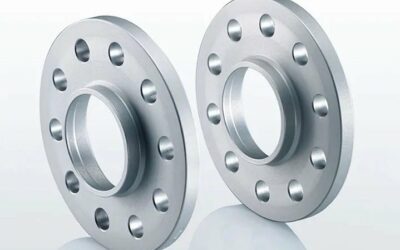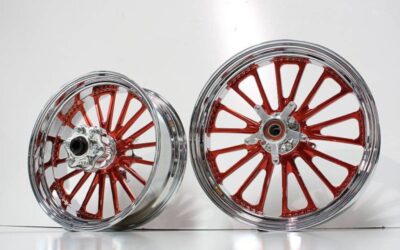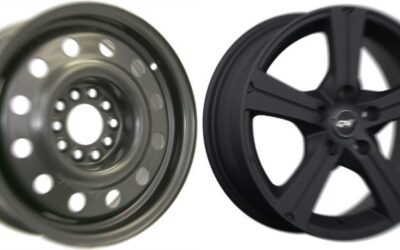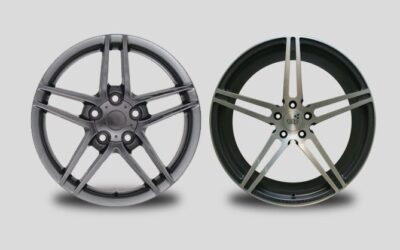If you are looking at installing new wheels onto your vehicle, you need to know what the different wheel markings are. The markings along the side of the wheel can point you to very important information that can help you identify not only the right wheels for your particular needs but also what kind of attributes each has. Due to this, going over this kind of information is extremely beneficial and it can help you save time and money, so you always purchase the right kind of rims and wheels the next time you are in the market.
Where And What To Look At
Located on the inside of the car wheels, there is a series of markings, numbers and lettings you are going to find. You need to know what each piece of information means, otherwise it just looks like gibberish. Let’s take this one for example:
7J x 16 H2 5/120 ET47
7 – rim width. For starters, the first series of numbers is going to be the size of the inner width of the wheel in inches. This might look like 6 ½ or 7, 7 ½ or something similar. Regardless of the number, the first one present is always the inner width. If we apply it to our example we come to (7 x 25.4mm = 177.8mm). Following this initial number is a letter.
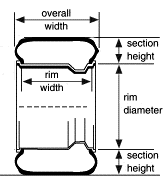
J – This is the shape of the wheels you are using where the tire bead sits directly on the tire wheels. This letter MUST BE exact match with your tire marking, but do not panic. “J” is the most common profile identifier and most passenger car use these.
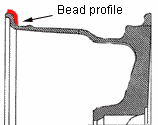
JJ, K, JK, B, P, A, D, S, T, W are just another bead shape designations used today. Most of each are characteristic for a particular industry: forestry, agricultural, heavy lift machines, even motorcycles, but explaining all of them will exceed purpose of this text.
There is then going to be a lower case letter following it (such as an “x”).
x – If there is an “x”, it means the wheels were constructed in one piece.
If you are interested in wheel construction more info you can find Casting VS Forging.
16 – The number following all above is the diameter of the wheels in inches. In our particular case rim diameter is (16 x 25.4mm= 406.4mm). Same number should appear on sidewall of mounted tire, so, no compromise here.
If you need further assistance reading tire marks check article: Tire Codes – What Do They Mean?
H2 – This is the kind of flange the wheels have. The flange is a bulge located on the wheels right in the location where the tire bead sits. It is going to help prevent the tire from falling into the wheels.
5/120 – Following this, there is an extensive fraction, such as 5/120 ( or 5 x 120). The first number indicates the number of bolts, or lug nuts used on the wheel (usually four or five). The second number is the Pitch Circle Diameter (PCD). This is an imaginary diameter (in millimeters) of a circle that runs through the center hole of the screws that hold the mounted wheels.
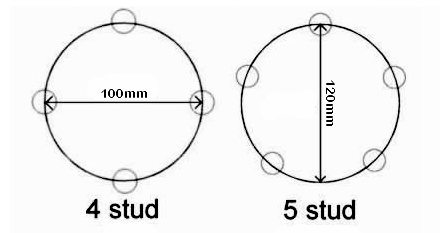
ET47 – The following number, which is the last wheel markings you are going to see, is the offset, which is the distance between the center line of the wheels and the plane of the hub that houses the mounting elements of the wheel. The offset is measured in millimeters. The number can have a positive offset, zero offset and a negative offset. A positive offset means the center line of the wheels is located further out than the center of the hub mounting element of the wheels. A zero offset means it is perfectly inline with the wheels mounting and a negative offset means the hub mounting element is further out than the center line plane of the wheels. In our case, offset is positive: 47 mm.
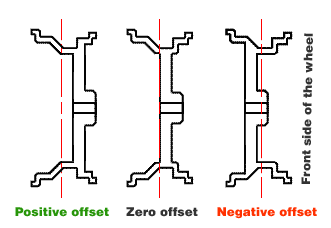
Conclusion
There is a surprising amount of information used in describing a tire and the wheels such are OEM, serial part, manufacturer etc. All of this is very important information that needs to be looked at when it comes to having new wheels and tires installed. Once this information is available and it is possible to locate the very best wheels possible, you can then decide which wheels are going to work best for you and which wheels can give you the desired level of performance that you are looking for. If available always consult user manual of your car, just to be sure.

